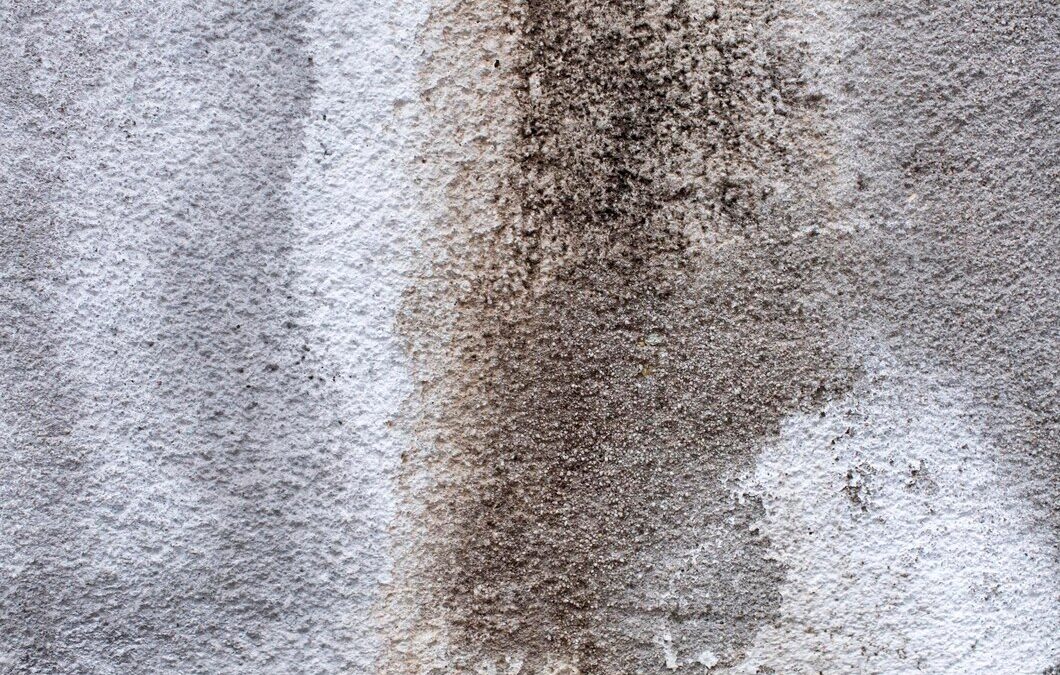Carpet stains can be a homeowner’s nightmare. Whether it’s a spilled glass of wine, muddy footprints, or an unfortunate pet accident, stains can make your beautiful carpets look worn and dirty. However, dealing with stains doesn’t have to be stressful. With the right knowledge and a few handy tips, you can tackle stains quickly and efficiently, keeping your carpets looking their best.
Different types of stains require different cleaning approaches. Understanding the nature of common carpet stains helps in choosing the right method to remove them. Whether it’s food, drinks, or other materials, knowing how to act swiftly can prevent the stain from becoming a permanent part of your carpet. Immediate action often makes all the difference.
Having a few DIY solutions up your sleeve can be incredibly useful when dealing with carpet stains. Simple household items like baking soda, vinegar, and dish soap can work wonders in removing even the trickiest stains. Additionally, adopting some preventative measures can help keep your carpets stain-free in the long run. Let’s dive into the best strategies for managing and preventing carpet stains, so you can maintain a clean and inviting home.
Understanding the Different Types of Carpet Stains
Carpet stains come in many forms, each requiring its own method of removal. Knowing what kind of stain you’re dealing with can help you choose the best cleaning approach. Here are some common types of carpet stains:
- Food and Drink Stains: These include spills from coffee, wine, juice, and sauces. Such stains are usually rich in pigments that can deeply embed themselves into carpet fibres.
- Oil and Grease Stains: Greasy foods, cosmetics, or motor oil can leave sticky and stubborn stains. These need strong cleaning solutions to break down the oils.
- Pet Stains: Pets can introduce various stains, including urine, feces, and vomit. These not only stain your carpet but can also leave unpleasant odours.
- Mud and Dirt Stains: Dirt and mud from shoes or paws can get ground into the carpet. These are often easier to clean but can leave an unsightly mess if not dealt with quickly.
- Ink and Dye Stains: Markers, pens, and dyed fabrics can leave tough stains that set quickly. It’s important to address these stains immediately for the best chance of removal.
Understanding these categories helps in selecting the right cleaning method. Identifying the stain type is the first step towards effective spot removal, ensuring your carpet stays as clean and fresh as possible.
Quick Tips for Immediate Spot Removal
Immediate action is crucial when dealing with carpet stains. Quick responses can often prevent a stain from becoming permanent. Here are some handy tips for spot removal:
- Blot, Don’t Rub: The first rule of spot removal is to blot the stain with a clean cloth. Rubbing can push the stain deeper into the carpet fibres, making it harder to remove.
- Use Warm Water: For most stains, a bit of warm water on a clean cloth can help blot out the stain. Avoid soaking the carpet as too much water can spread the stain.
- Apply a Mild Detergent Solution: Mix a few drops of mild dish soap with warm water. Apply this solution to the stain and blot gently. This works well for food and drink stains.
- Neutralize Odours: For pet stains, a mixture of water and white vinegar can neutralize odours. Blot the stain, then apply the vinegar solution and blot again with a clean cloth.
- Use a Vacuum: For mud and dirt, let the mud dry, then vacuum up as much as you can. Follow up with a wet cloth to blot the remaining stain.
Acting quickly with these tips can make a big difference in how well you can remove a stain. Immediate spot removal helps keep your carpets looking clean and extends their lifespan.
DIY Solutions for Common Carpet Stains
Home remedies can be very effective for tackling common carpet stains. Here are some simple DIY solutions using everyday household items:
- Baking Soda and Vinegar: This duo works wonders on tough stains. Sprinkle baking soda over the stain, then spray with a mix of vinegar and water. Let it bubble for a few minutes, then blot with a clean cloth.
- Club Soda: Club soda is particularly useful for removing fresh stains from drinks. Pour a small amount on the stain and blot with a cloth. The carbonation helps lift the stain from the carpet fibres.
- Hydrogen Peroxide and Dish Soap: For tougher stains like blood or wine, mix a small amount of hydrogen peroxide with dish soap. Apply to the stain, let it sit for a few minutes, then blot away with a clean cloth.
- Cornstarch for Grease: Sprinkle cornstarch on grease stains and let it sit for a few hours. The cornstarch will absorb the grease. Vacuum up the powder and you should see a significant improvement.
- Shaving Cream: Ordinary white shaving cream can be a surprising stain remover. Apply to the stain, let it sit for about 30 minutes, then blot away with a damp cloth.
Testing these solutions in an inconspicuous area first is always a good idea to ensure they do not discolour your carpet. These DIY methods are great for quick fixes and can save your carpet from permanent damage.
Preventative Measures to Keep Your Carpet Stain-Free
Preventing stains is always easier than dealing with them after they happen. Here are some tips to help keep your carpet looking fresh and clean:
- Use Doormats: Place doormats at all entrances to your home. This helps reduce the amount of dirt and debris brought in on shoes.Implement a No-Shoes Policy Indoors: Encourage family and guests to remove their shoes when entering your home. This simple rule can greatly cut down on dirt and stains.
- Regular Vacuuming: Vacuum your carpets at least once a week. This helps remove loose dirt and prevents it from settling into the fibres.
- Immediate Spot Cleaning: Tackle spills and stains as soon as they occur. The quicker you address a stain, the less likely it is to become permanent.
- Use Carpet Protectors: Apply carpet protectors or sprays that repel spills and make it easier to clean up accidents.
- Area Rugs and Runners: Use area rugs and runners in high-traffic areas. These can absorb much of the wear and tear and are easier to clean than wall-to-wall carpeting.
By following these preventative measures, you can reduce the frequency and severity of carpet stains, keeping your home looking neat and tidy.
Conclusion
Keeping your carpet stain-free requires a mix of immediate action, DIY solutions, and preventative measures. Understanding the types of stains is crucial for choosing the right cleaning method. Quick tips for immediate spot removal help prevent stains from setting, while DIY remedies can handle most common stains effectively. However, the best approach is to prevent stains from happening in the first place with simple habits and protective measures.
A clean carpet not only enhances the look of your home but also contributes to a healthier living environment. For those stubborn stains and deep cleanliness, sometimes professional help is the best solution. Consulting a professional can make all the difference if you face persistent stains or just want a thorough clean.
Ready to give your carpets the care they deserve? Contact Elite Carpet Care at 519-900-3978 for expert stain removal and carpet cleaning services to keep your home looking its best.



